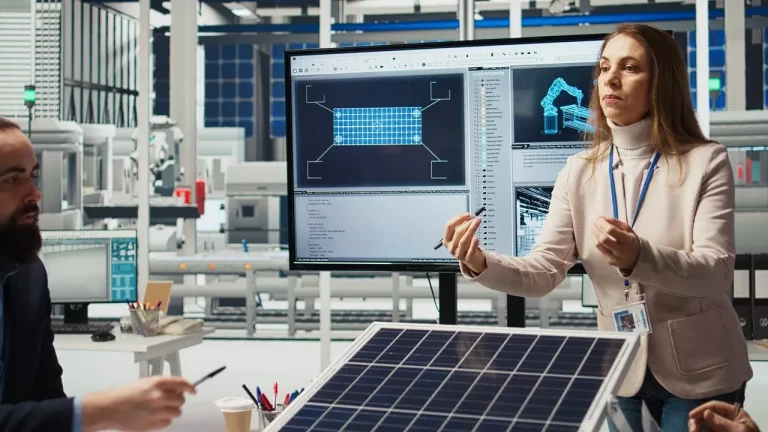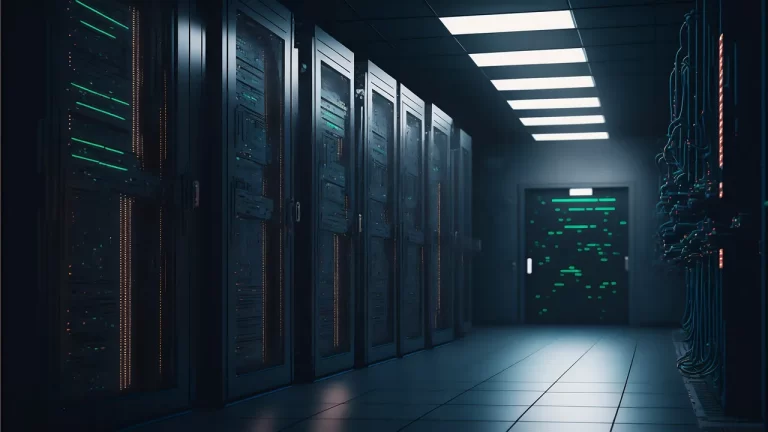In 2025, the current tariffs’ conflict has shaken the global data center construction cost timelines and budgets. By so doing, more firms are compelled to reconsider their growth strategies or put them on hold as costs of imports such as servers, chips, and cooling systems increase. These shifts are unproductive and disruptive because they have caused congestion in some key areas, exemplified by projects that are valuable for meeting growing needs in cloud services and
Artificial Intelligence.
With tariffs adding up to 20–25% more in hardware and infrastructure costs, many firms are pausing their investments or seeking alternatives to traditional large-scale builds. Some are turning to edge computing models or sourcing from new regions, but these changes take time. The uncertainty has made long-term planning incredibly difficult, threatening to slow innovation in a field that relies heavily on speed and scalability.
Tariffs Could Slow Down AI and Data Center Growth
AI is growing quickly and it needs powerful computing resources to keep up. Data centers provide that power, but they are now more expensive and harder to build because of tariffs on key parts and materials. Servers, chips, and other equipment may all cost more if they’re imported making AI development slower and more costly.
Some groups are calling for data centers and cloud services to be excluded from these global trade fights. They argue that cloud computing should stay open and affordable around the world. If U.S.-based cloud services get too expensive, other regions might build their solutions, breaking up what was once a global network.
Time is Everything
Building a data center isn’t something that happens overnight it can take two to three years to complete. But tariffs can change within weeks or months, making it nearly impossible to plan budgets accurately. A business may start a project expecting certain costs, only to face major changes midway due to new fees or rules.
To avoid sudden price hikes some companies are rushing to buy equipment before tariffs increase. This approach is risky and expensive. It also requires storage space and trusted vendor relationships, which not every business has. For many, it’s not a practical solution.
Choosing the Right Location Is Tough
But even disregarding the questions related to free trade, it is rather difficult to choose the most suitable location for establishing a data center. These include power availability, power usage, cooling mechanisms, environmental laws, and closeness to consumers. Now, they also have to come up with costs as far as tariffs on building materials and pieces of equipment are concerned.
As a result, businesses are exploring alternatives like smaller Data centers placed closer to users in urban areas. These “edge” facilities can reduce delays, improve efficiency, and avoid some of the risks tied to larger centralized centers. It may also help reduce dependence on certain imported goods or suppliers.
More Uncertainty Ahead
What makes the situation even more difficult is that tariff rules keep changing. For example, chips from some countries may be spared, while metals like aluminum used in server racks still face heavy charges. Companies can’t easily predict what parts will be affected next.
Different countries face different tariff rates. Materials from China, Taiwan, and South Korea now come with high extra costs. Even parts coming from Europe, Mexico, and Southeast Asia are being hit. In total, experts say building a data center might now cost 20% more, and IT hardware prices may jump by 25%. That’s a big challenge for any budget.
Companies May Pause Their Projects
Because of this many companies are choosing to pause their construction plans instead of taking risks. It’s a cautious move allowing them to wait until there’s more clarity. No one wants to commit to a huge investment only to be hit with unexpected costs halfway through the project.
However, some experts say these delays might only be short-term. Since data centers last for decades businesses may still move forward eventually. But for now many are changing timelines and buying fewer materials to protect themselves from sudden price spikes.
What’s Next?
For now, the future remains unclear. Companies are closely watching trade developments, supplier costs, and global market reactions. It’s become a balancing act between staying ready for the AI-driven future and avoiding overspending on unpredictable projects.
What’s clear is that flexible planning is more important than ever. Companies that can quickly adjust their strategies, rethink supply chains, and explore new building methods will be the ones best prepared for whatever changes come next.








